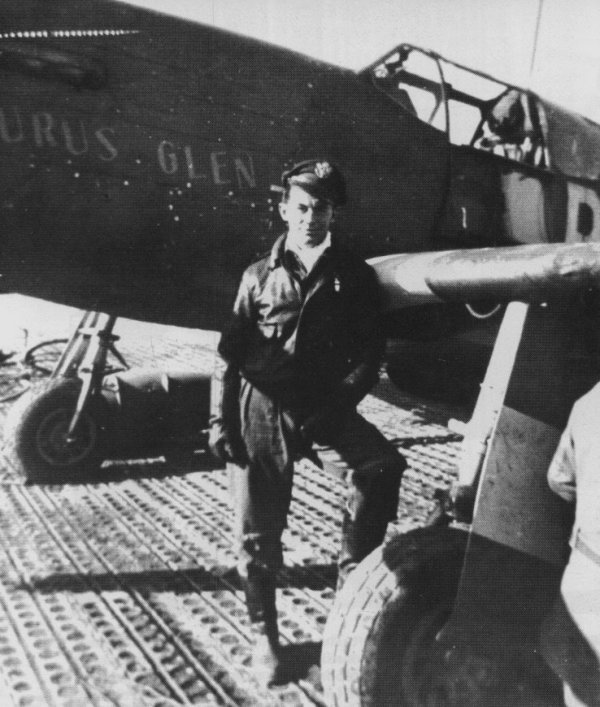
4 March 1944: Flight Officer Charles E. Yeager, Air Corps, Army of the United States, was leading an element of White Flight, 363d Fighter Squadron, 357th Fighter Group, southeast of Kassel, Germany. Yeager was flying a North American Aviation P-51B Mustang, 43-6763, named Glamourus Glen and marked B6 Y. It was his seventh combat mission. At 13:05 British Standard Time, he observed a Messerschmitt Bf 109G fighter. He wrote (errors in original):
Leading the second element of Chambers White Flight, I was flying at 26,000 feet [7,925 meters] when I spotted a Me. 109 to the right and behind us about 2,000 feet [610 meters] below. I broke right and down. The E/A [Enemy Aircraft] turned right and down and went onto a 50° dive. I closed up fast and opened fire at 200 yards [183 meters]. I observed strikes on fuselage and wing roots, with pieces flying off. I was overrunning so I pulled up and did an aleron roll and fell in behind again and started shooting at 150 yards [137 meters]. The e/A engine was smoking and wind-milling. I overran again, observing strikes on fuselage and canopy. I pulled up again and did a wingover on his tail. His canopy flew off and the pilot bailed out and went into the overcast at 9,000 feet [2,743 meters]. The E/A had a large Red and Black “Devil’s Head’ on the left side of the ship. The E/A took no evasive action after the first burst.
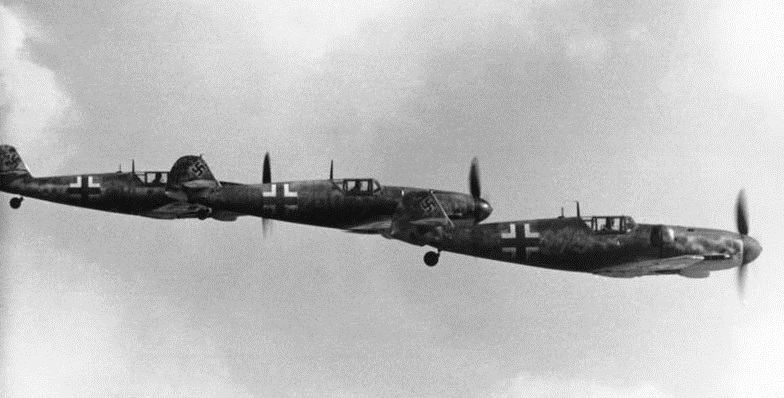
Flight Officer Yeager’s combat report indicates that he fired 461 rounds of .50 caliber ammunition. He was credited with one enemy aircraft destroyed. (He previously had claimed another enemy plane shot down over the English Channel, but that was not credited.)
The following day, 5 March, Yeager was again in the cockpit of Glamourus Glen. A Focke-Wulf Fw 190A 4 flown by Unteroffizier Irmfried Klotz, shot him down east of Bourdeaux, France.
In his autobiography, Chuck Yeager wrote:
. . . The world exploded and I ducked to protect my face with my hands, and when I looked a second later, my engine was on fire, and there was a gaping hole in my wingtip. The airplane began to spin. It happened so fast, there was no time to panic. I knew I was going down; I was barely able to unfasten my safety belt and crawl over the seat before my burning P-51 began to snap and roll, heading for the ground. I just fell out of the cockpit when the plane turned upside down—my canopy was shot away.
—Yeager: an Autobiography, by Charles E. Yeager and Leo Janos, Bantam Books, New York, 1985, Chapter 4 at Page 26.

Yeager was slightly wounded. His Mustang was destroyed. Over the next few months he evaded enemy soldiers and escaped through France and Spain, returning to England in May 1944. He returned to combat with a new P-51D Mustang, and by the end of World War II was officially credited with 11.5 enemy aircraft destroyed.
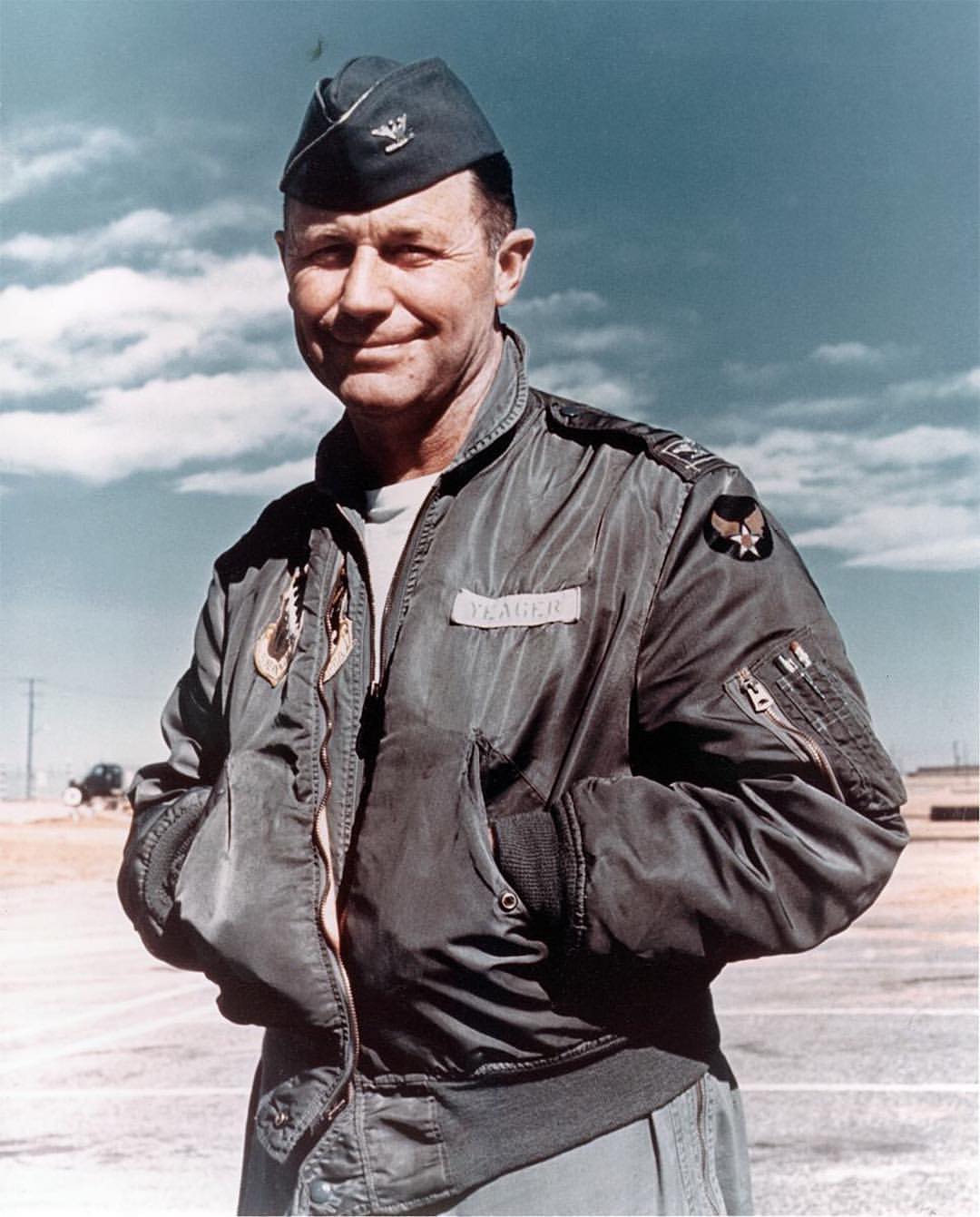
Yeager remained in the Air Force until retiring in 1975 with the rank of brigadier general, and having served 12,222 days. He was a world famous test pilot, breaking the sound barrier with a Bell XS-1 rocketplane, 14 October 1947. He commanded F-86H Sabre and F-100D fighter bomber squadrons, flew the B-57 Canberra over Southeast Asia during the Vietnam War, and commanded the Air Force Flight Test Center at Edwards Air Force Base in the high desert of southern California. General Yeager celebrated his 94th birthday 13 February 2017.
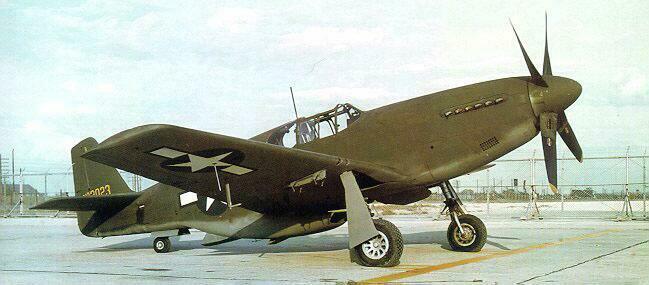

In 1942, soon after the first production Mustang Mk.I arrived in England, Rolls-Royce began experimenting with a borrowed airplane, AM121, in which they installed the Supermarine Spitfire’s Merlin 61 engine. This resulted in an airplane of superior performance.
In the United States, the Packard Motor Car Company of Detroit, Michigan, had begun building Merlin engines under license from Rolls-Royce. These American engines were designated V-1650. North American modified two P-51s from the production line to install the Packard V-1650-3. These were designated XP-51B. Testing revealed that the new variant was so good that the Army Air Corps limited its order for P-51As to 310 airplanes and production was changed to the P-51B.
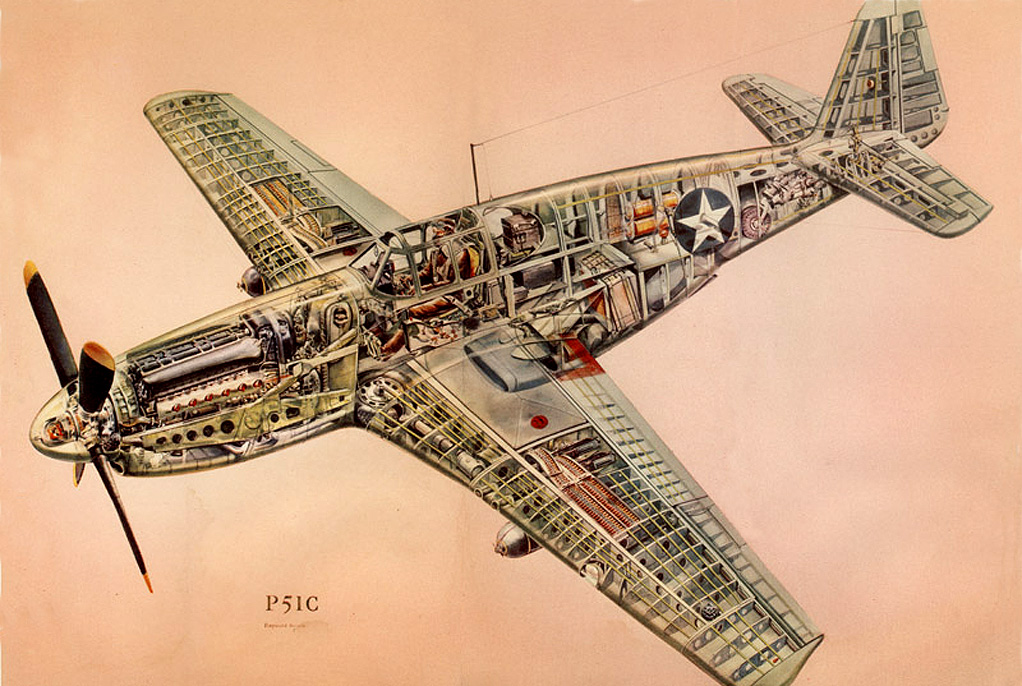
The P-51B and P-51C are virtually Identical. The P-51Bs were built by North American Aviation, Inc., at Inglewood, California. P-51Cs were built at North American’s Dallas, Texas plant. They were 32 feet, 2.97 inches (9.829 meters) long, with a wingspan of 37 feet, 0.31-inch (11.282 meters) and overall height of 13 feet, 8 inches (4.167 meters) high. The fighter had an empty weight of 6,985 pounds (3,168 kilograms) and a maximum gross weight of 11,800 pounds (5,352 kilograms).
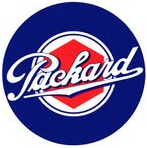
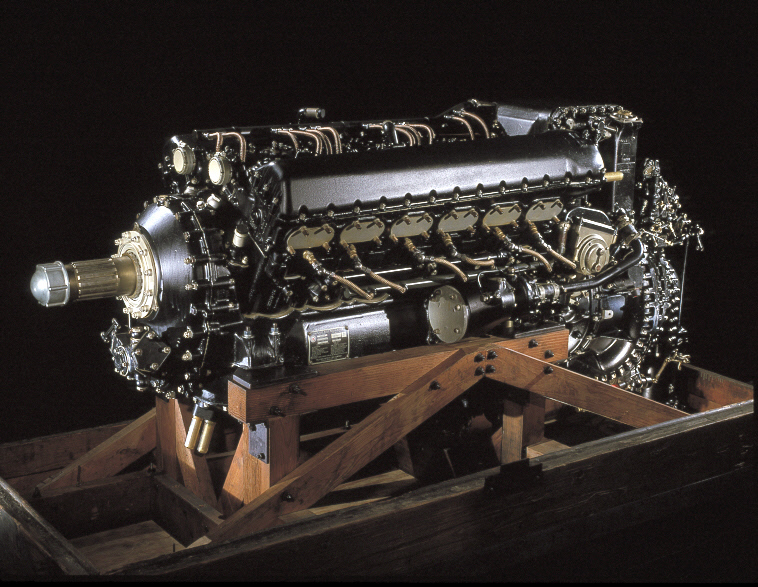
The P-51B/C had a cruise speed of 362 miles per hour (583 kilometers per hour) and the maximum speed was 439 miles per hour (707 kilometers per hour) at 25,000 feet (7,620 meters). The service ceiling was 41,900 feet (12,771 meters). With internal fuel, the combat range was 755 miles (1,215 kilometers).
Armament consisted of four Browning AN-M2 .50-caliber machine guns, mounted two in each wing, with 350 rounds per gun for the inboard guns and 280 rounds per gun for the outboard.
1,988 P-51B Mustangs were built at North American’s Inglewood, California plant and another 1,750 P-51Cs were produced at Dallas, Texas. This was nearly 23% of the total P-51 production.
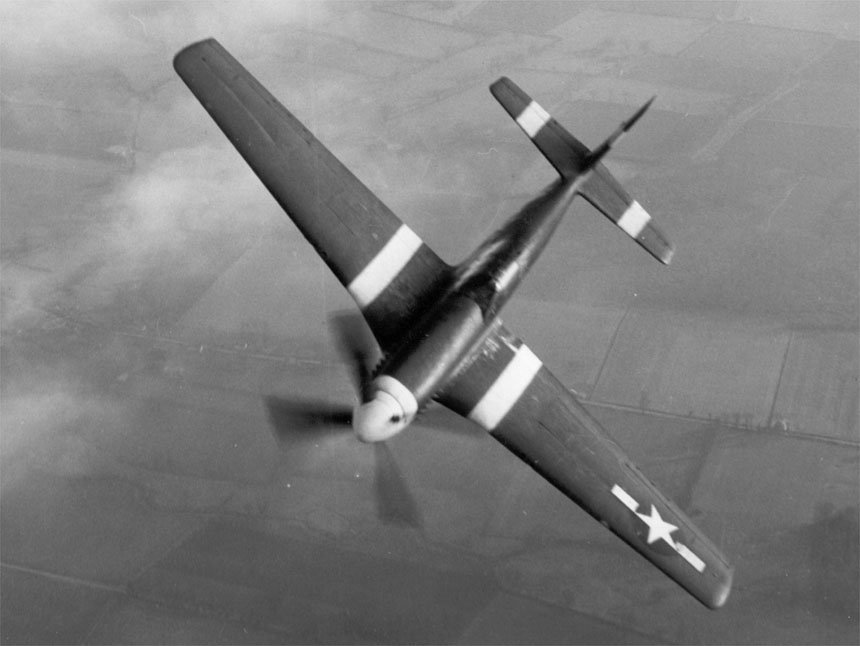
© 2021, Bryan R. Swopes